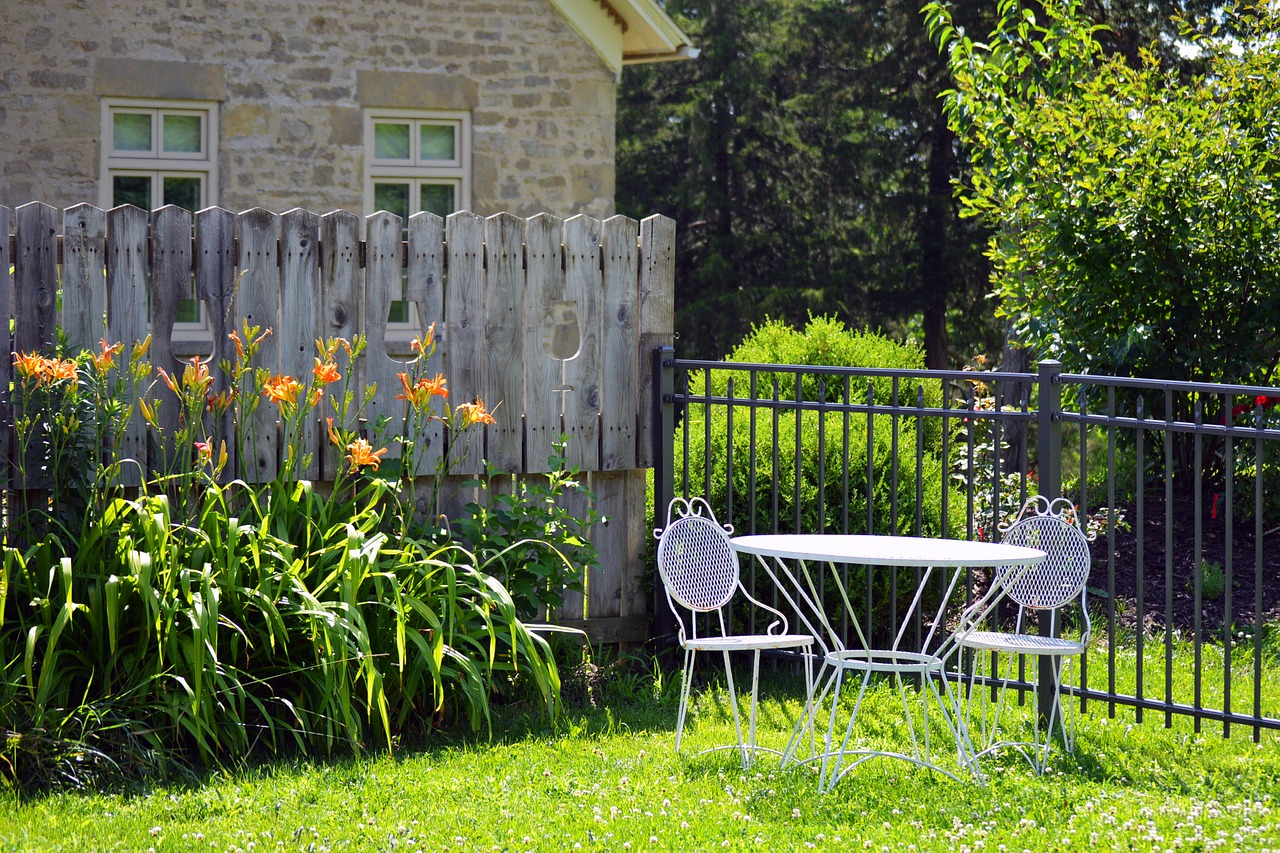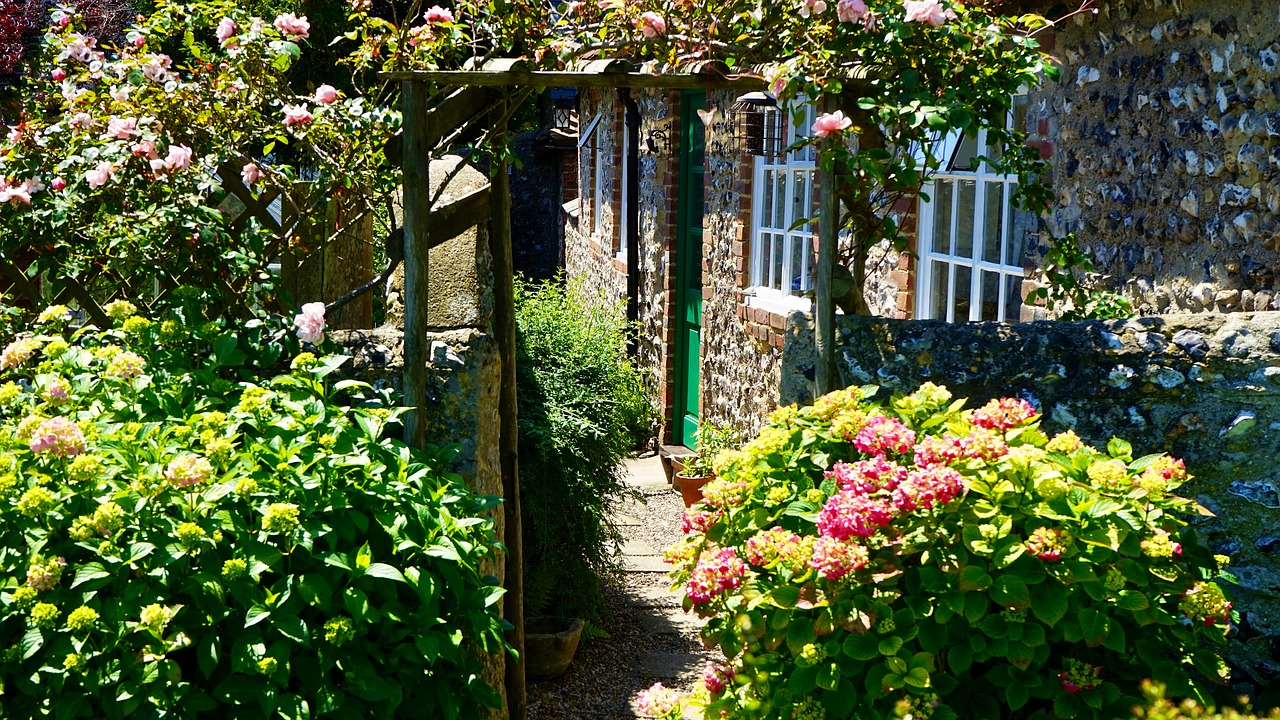Renfrewshire Leisure chief’s thanks to terrific team’s Covid-19 efforts
March 25, 202112 Sunglasses Myths You Should Know About
March 26, 2021Planning a landscape design for your organic garden can be a lengthy process. If you want to make it right, you ought to research the topic or consult with a professional landscape architect to give you a piece of advice. Of course, you can go and buy a bunch of plants and plant them, but that alone doesn’t guarantee success. Consider incorporating rectangular outdoor planters into your design for a structured and aesthetically pleasing arrangement.
In this 6-step guide, we’ll tell you all about planning and designing a new garden. Moreover, we’ll pinpoint some of the potential problems and give you a strategy to solve them before they get out of your hands.
Here’s what you need to do to make your garden happen.
1. Set Goals
The first step is to set clear goals and decide how you want your patio and garden to look. If you already have some plants, you can incorporate them in your design to see whether they go well together with the other plants.

Think about the look you want to achieve in your garden. Do you want to make a small ecosystem in one part of the yard or to have plants everywhere? Do you want your house to be surrounded by flowers or to have them in large clay pots? All these questions are important if you want to be sure that you’ve made the best decisions.
Also, it’s really important to decide how you want to use the space behind your house. Some families use it to play and barbeque, others have big vegetable gardens to grow their food, or you want to have a place to relax and read your favorite books.
2. Draw a Plan of the Site
Then, it’s time to draw a plan of your backyard. It doesn’t have to be professional, but you can write what you want to plant and where. With a pen, you can make the measurements and add plants like circles. The plan is crucial as it will be the basis for your shopping list.
You can also include where you want to use grabble, mulch, big chunks of wood, stone, or anything else on the plan. Of course, the project has to include your house other buildings around it to have a clear perspective on the space you have available. This is very important if you live in an old or protected area of the city where you can’t build any new backyard facilities.
What many people forget is to draw utilities like gas pipes, irrigation lines, and hydro wires. They matter because you want to dig something up, you might break one of the pipes and make a mess. Once you know where they are, it will be easier to plan excavations.
3. Decide What you Want to Change
While a complete makeover is the best solution for a coherent garden style, it can be quite pricey. That’s why you can make tweaks here and there, add more plants, and your garden will have a fresh look. You can get a new patio or change the furniture or get new plants around the house. Remember that even the slightest changes will make an impact on how your backyard looks and feels.
You can also decide to do various parts of the backyard so that in a year, you have a new one. Some families find this approach to be more comfortable and help them manage their expenses more efficiently.
4. Find a Good Place for Everything
If you’re planning to bring vegetables in your backyard, you’ll have to mindful of the sunlight. Since they’ll need a lot of sunlight, try to find a corner where they’ll be exposed to direct sunlight for at least half a day. If you have a lot of shade, rethink the idea, or find vegetables that will be fine without too much sun.

A pond, BBQ area, outdoor dining, or kids’ playground are all always promising ideas, but you’ll have to make sure all of them fit and work well together. Make a few different plans and analyze them thoroughly. Once you have a winner, use it to buy everything you need and as a guide while adding new things.
5. Planting Plan
When it’s about plants, you can either have a concrete plan that includes plants you’ll use or have an idea about their size. When you visit the store, ask a store botanist to help you choose the right flowers, bushes, or which grass seed to buy for your outdoor landscape. As many people tend to make their gardens too dense, ask them to advise you on the distance between the plants, especially if they’ll grow.
Another beginner’s mistake is to buy all plants at once and plant them on the same day. Since these projects require at least a week to finish, use two or three weekends to visit the store and plant everything in a few stages. If you’re working alone, doing the whole garden in one weekend would be a lot even for someone more experienced.
6. Shopping
Now, it’s time to set a budget and do the shopping. If you don’t have gardening tools, make sure to get them first and then select the soil, pots, plants, rocks, and everything else you’ll need. Don’t forget to do everything in a few phases, not at once.
If you’re on a tight budget, you can always use reclaimed wood, try to find used furniture, repaint it, get old pots, and give them a new life using some of the DIY techniques.
Make Your Garden Inspirational
Specific wants vary from person to person. When you work together with your family to answering all the questions, you’ll create a place where everyone can enjoy. Depending on your project’s scale, not everything will be done at once, and you’ll have to know that from the beginning.
Instead, enjoy bringing the pieces of the puzzle together. The essential structural parts will be the most expensive, and once you’re done with it, you can start enjoying the decoration part of the project.
Lastly, don’t forget about the seasons. Even if you plan everything in the spring, you’ll see the fruits of your labor next year, when everything starts blossoming.
